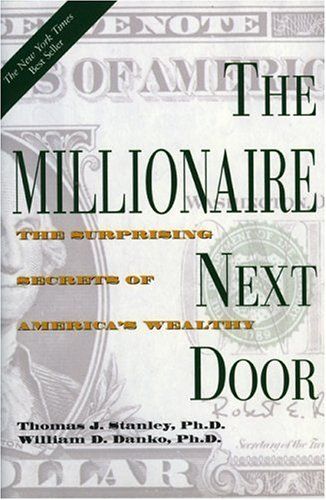
Reviews
Steven Harrison@shteven
Nenad Nikolic@nnikolic72
Frank Enns@runefaust
Wenny@uncannyverily
Adam@adam
Fröska@froskapolska
Kimi @kimber
Ryan Greene@rryangr
Timeo Williams@timeowilliams
Chris Andersson@candersson
Pierre@pst
Jeff Borton@loakkar
Tanner Christensen@tannerc
Michael Hacker@hikenaz
Erik Wallace@erikwallace
Martin Weitzel@mweitzel
Gabriel Ayuso@gabrielayuso
MK@easyfriday
Róbert Istók@robertistok
Madeline Adams@madams-baardman
Olga A Velasquez @0000a
René Buchholdt@buchho
Tanvir Hasan@tamvirhbritto
Keernan Lanismore@keernan
Highlights
Lukas@bngluk
Lukas@bngluk
Piet Terheyden@piet
Piet Terheyden@piet
Piet Terheyden@piet